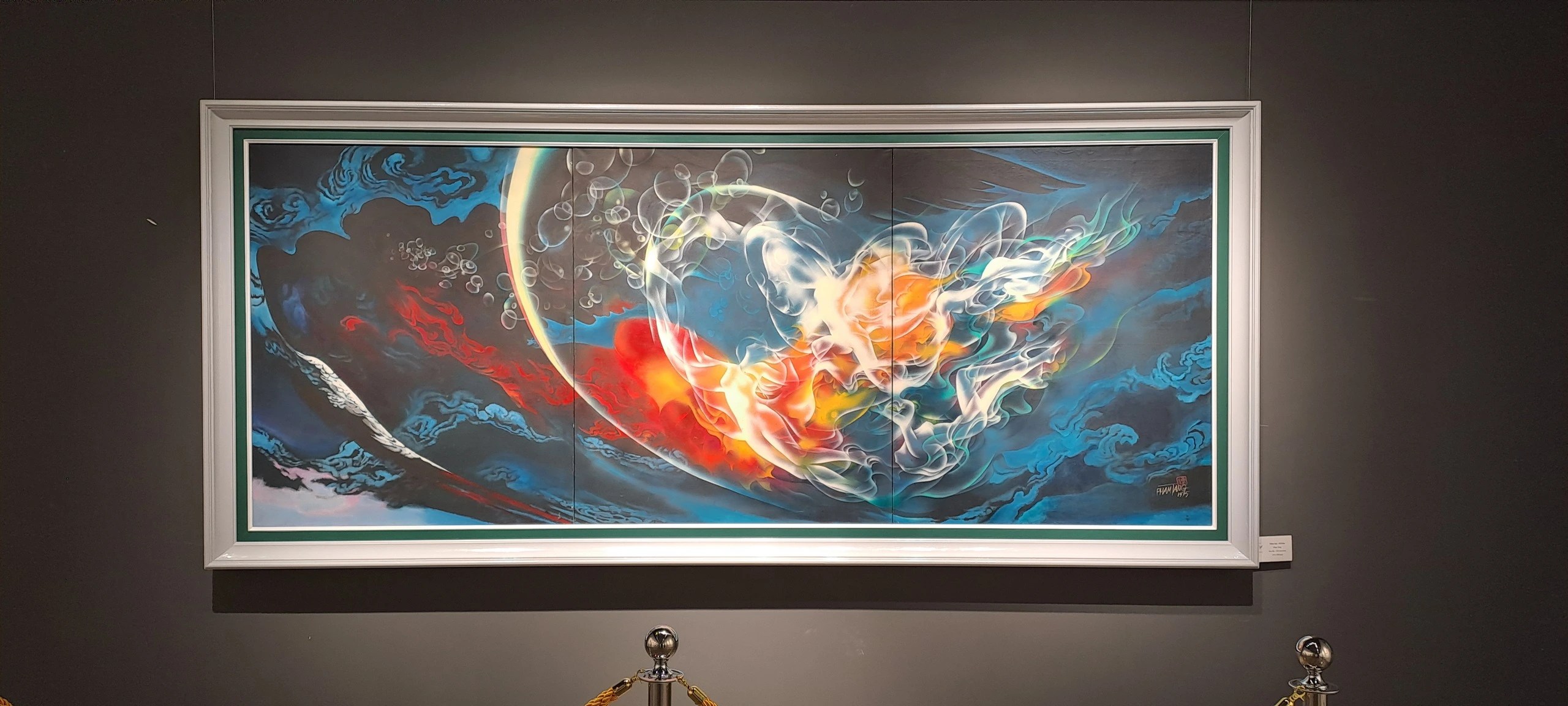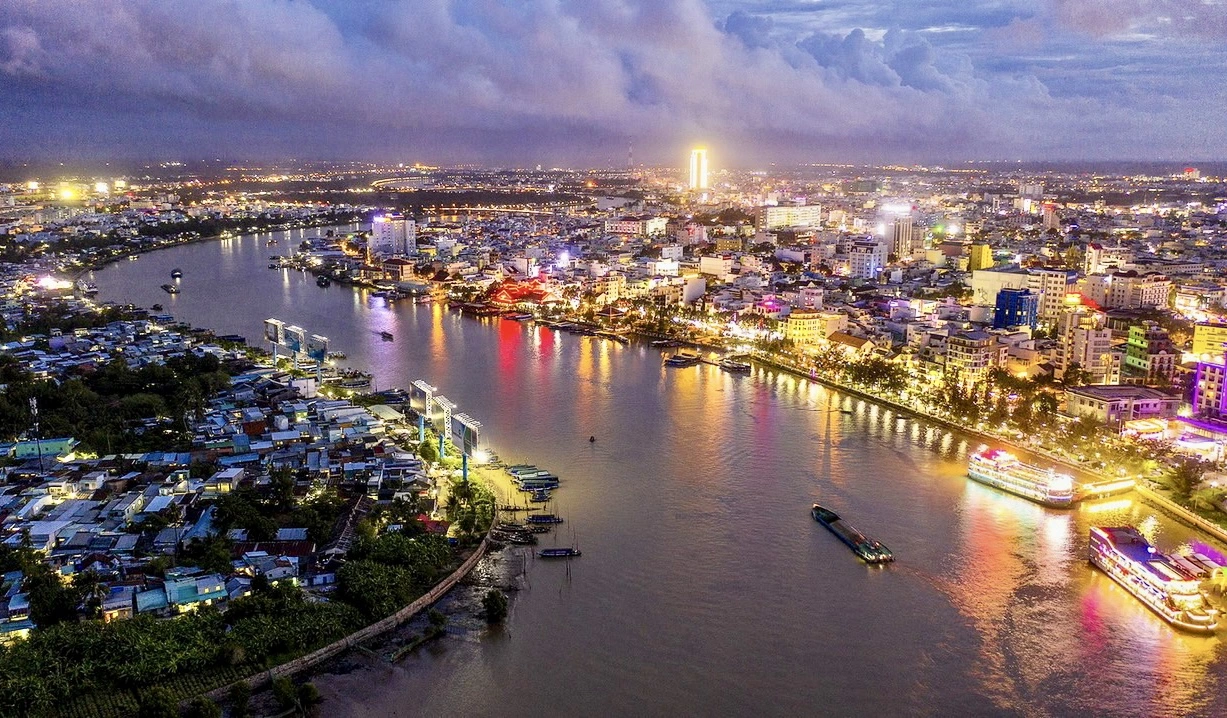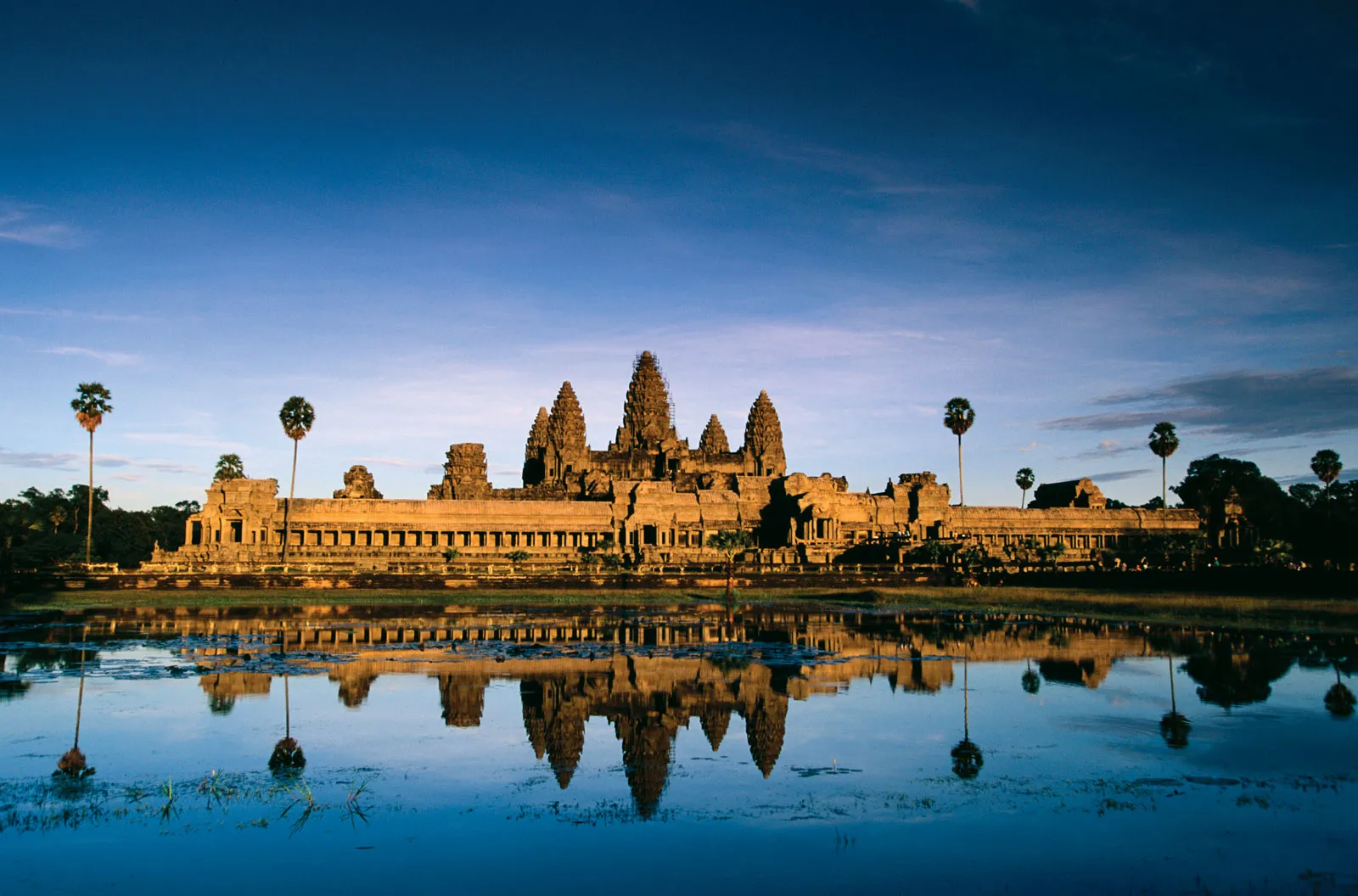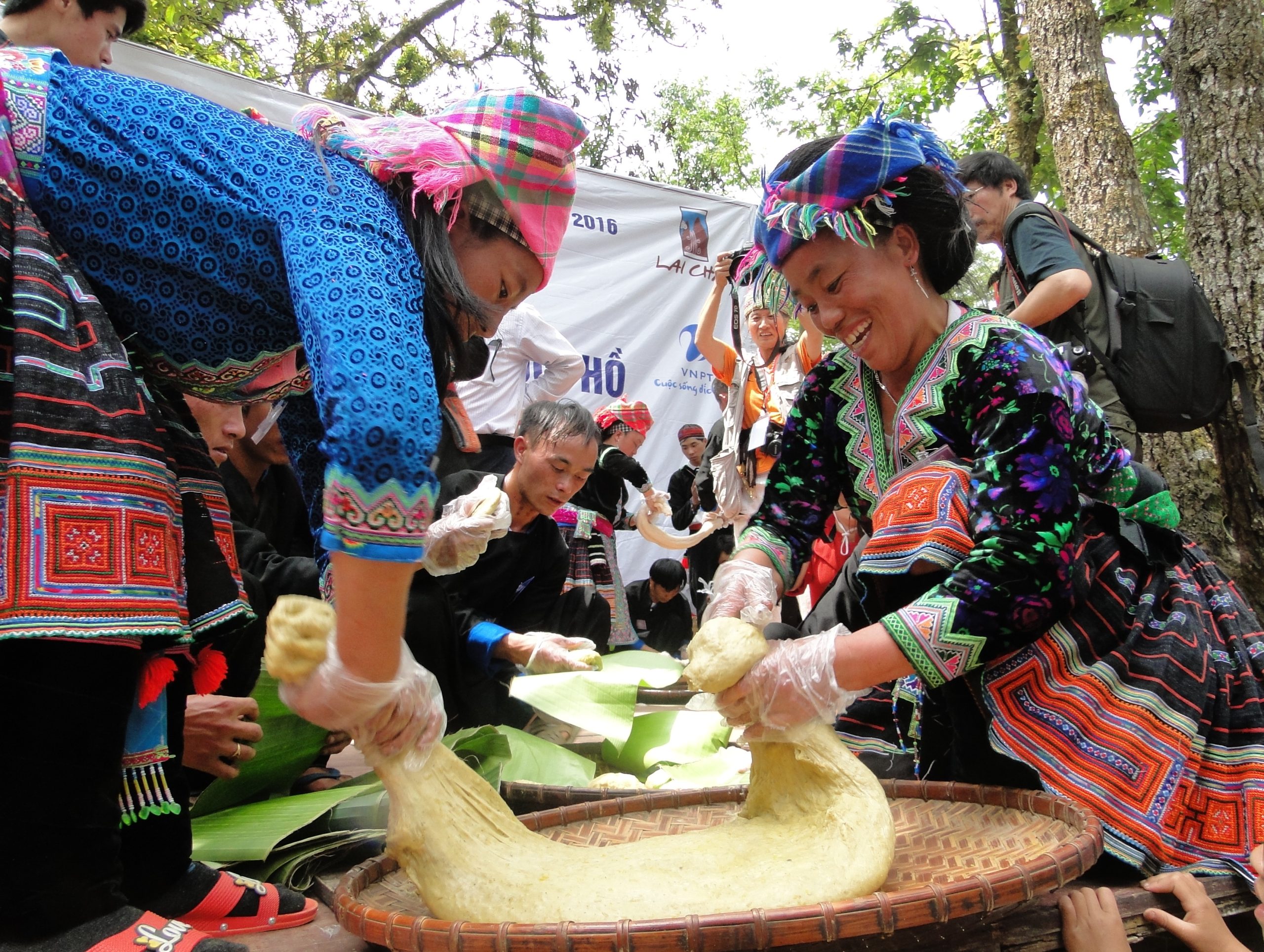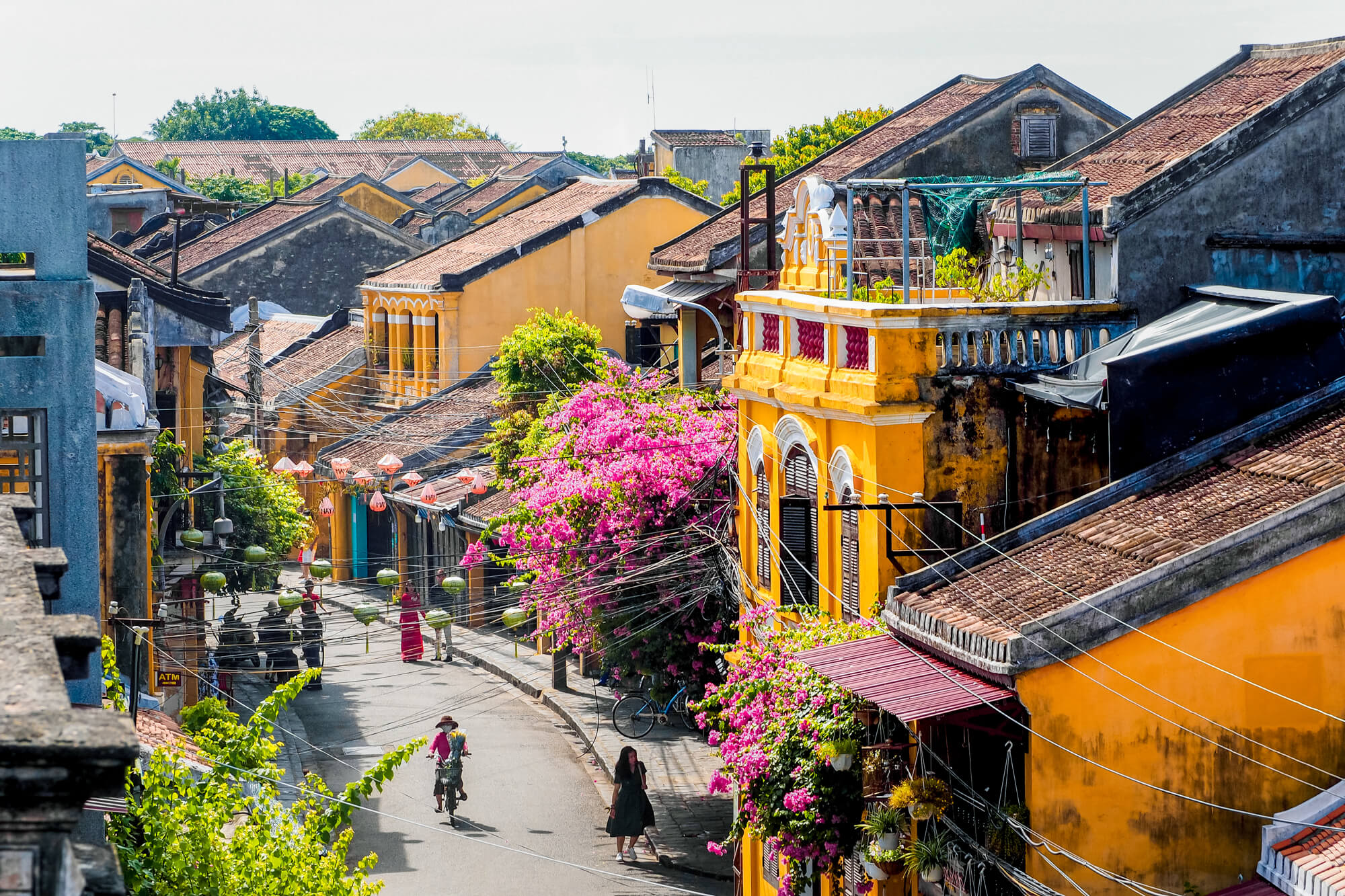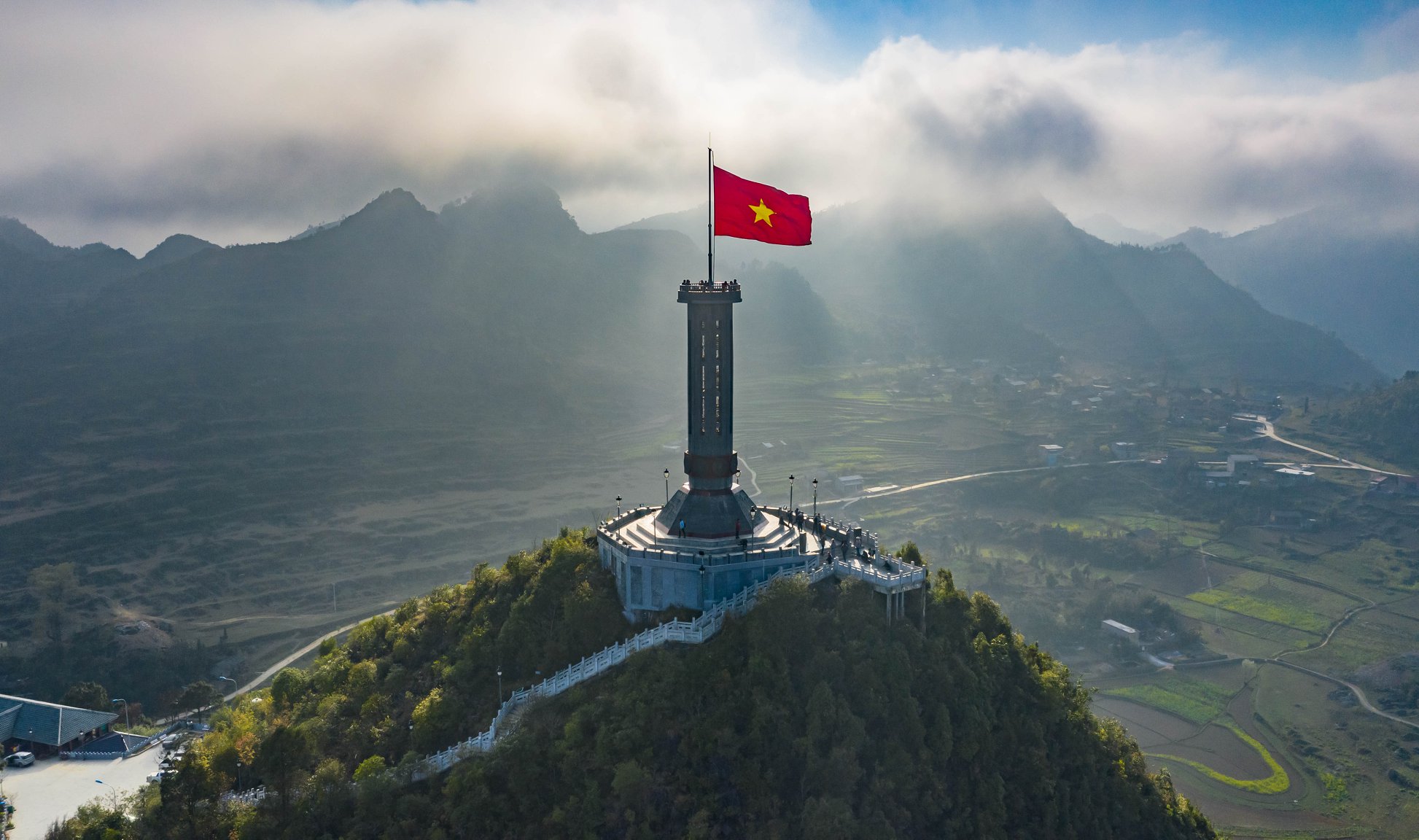Ho Chi Minh Mausoleum in Hanoi: The Final Resting Place of a National Hero
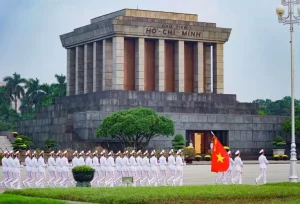
The Ho Chi Minh Mausoleum is a prominent landmark in Vietnam, renowned for its cultural and historical significance. It attracts a significant number of both local and international visitors each year. A visit to the mausoleum provides insights into Ho Chi Minh’s life, his impact on Vietnamese history, and offers the opportunity to explore nearby historical sites. This guide will provide everything you need to know for your first visit to the Ho Chi Minh Mausoleum.
1. Who Was Ho Chi Minh?
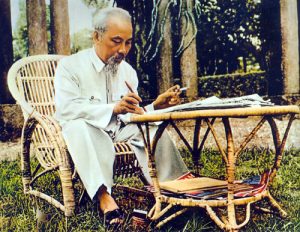
Ho Chi Minh is celebrated as a visionary leader who played a crucial role in shaping Vietnam’s history. His relentless determination and leadership were instrumental in guiding the Vietnamese people towards independence and self-governance. Ho Chi Minh led the revolutionary struggle against colonial powers, particularly the French and later the Americans, and was pivotal in Vietnam’s liberation. His contributions earned him the esteemed title of a national hero, inspiring generations with his commitment to social justice and equality. For many Vietnamese, visiting the Ho Chi Minh Mausoleum is a significant honor, reflecting their deep respect for their revered leader.
2. Location and How to Get There
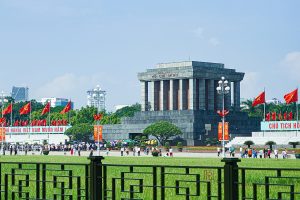
The Ho Chi Minh Mausoleum is situated in Ba Dinh Square, a historically significant area where President Ho Chi Minh once held rallies. The exact address is 2 Hung Vuong, Dien Bien Ward, Ba Dinh District. You can reach the mausoleum by private vehicle or public bus.
For those driving or riding motorbikes, parking is available on Ong Ich Khiem Street (opposite the Mausoleum Guard Command) and Ngoc Ha Street (near the entrance to the Ho Chi Minh Museum). If you prefer public transport, buses numbered 09, 33, 22, 45, and 50 pass by Ba Dinh Square.
3. History and Significance of the Mausoleum
Ho Chi Minh’s will expressed a desire for cremation, with his ashes to be buried in the three regions of Vietnam. However, the decision was made to preserve his body and enshrine it in the mausoleum, allowing people to pay their respects. Construction discussions began in January 1970, with Soviet experts assisting in the design. The mausoleum’s construction began on September 2, 1973, and it was inaugurated on May 19, 1975. The design of the mausoleum, inspired by Lenin’s Tomb in Moscow, was adapted to fit Vietnamese traditions and styles.
The Ho Chi Minh Mausoleum stands as a significant symbol of the Vietnamese people’s deep affection for their leader. It serves not only as a cultural and historical landmark in Hanoi but also as a major tourist attraction. Since its opening in 1975, it has welcomed numerous visitors, both Vietnamese and international.
4. Preserving President Ho Chi Minh’s Body
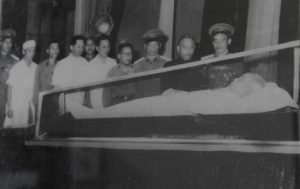
After President Ho Chi Minh’s death on September 3, 1969, efforts were made to preserve his body. Soviet scientists, known for their success in embalming Lenin, collaborated with Vietnamese medical experts to ensure the preservation of Ho Chi Minh’s remains. His body is now housed in a glass coffin within the mausoleum.
Following the Soviet Union’s dissolution in 1991, the preservation process faced challenges due to the departure of Soviet scientists. Vietnam negotiated with Russia to produce the necessary chemicals locally. The formula for the preservation solution was shared with Vietnam in 2004, allowing the country to continue the preservation process independently.
Ho Chi Minh’s embalmed body remains a testament to the Vietnamese people’s respect for their leader, allowing visitors to honor his memory.
5. Highlights of the Ho Chi Minh Mausoleum
The Ho Chi Minh Mausoleum is an architectural marvel with a solid square design, measuring 21.6 meters in height and 41.2 meters in width. Its sturdy structure is built to withstand natural and man-made disasters. The exterior is clad in gray granite and features marble columns, with “CHỦ TỊCH HỒ-CHÍ-MINH” inscribed in crimson jade at the top. The mausoleum has 200 doors made from rare woods sourced from across Vietnam.
Inside, the lobby is decorated with red and pink marble, with the inscription “Không có gì quý hơn Độc lập Tự do” (“Nothing is more precious than Independence and Freedom”) and Ho Chi Minh’s gold-plated signature. Guards are posted both outside and inside the mausoleum, ensuring a solemn atmosphere.
The surrounding area is beautifully landscaped with over 250 species of plants, each symbolizing aspects of Ho Chi Minh’s life.
6. Essential Information for Visitors
6.1. Opening Hours
The Ho Chi Minh Mausoleum is open to visitors from 7:30 a.m. to 10:30 a.m. during summer and fall (April 1 – October 31) and from 8:00 a.m. to 11:00 a.m. during winter and spring (November 1 – March 31) on Tuesdays, Wednesdays, Thursdays, Saturdays, and Sundays. The mausoleum is closed on Mondays and Fridays, except on May 19, September 2, and Lunar New Year, when it remains open.
It is typically closed for maintenance for about two months annually, usually from September to November. The exact dates are announced in advance.
6.2. Entrance Fee
The entrance fee is VND40,000 (approximately USD 1.07) per person, a modest cost for exploring such a significant site in Vietnamese history.
6.3. Visitor Rules
When visiting the Ho Chi Minh Mausoleum, adhere to the following guidelines:
- Dress respectfully.
- Pass through security checks.
- Follow the line and instructions of the officers.
- Remove hats and hold them in your right hand.
- Maintain silence and avoid touching the walls.
- Keep hands out of pockets.
- Photography and drawing are not allowed inside the room with Ho Chi Minh’s body.
For a deeper experience, consider witnessing the flag-raising and lowering ceremonies at 6:00 a.m. and 9:00 p.m. daily at Ba Dinh Square.
Conclusion
The Ho Chi Minh Mausoleum is a place where history, architecture, and national pride converge. It stands as a powerful testament to Ho Chi Minh’s enduring legacy and the reverence in which he is held by the Vietnamese people. Whether you are a history enthusiast, a cultural explorer, or simply a curious traveler, a visit to the Ho Chi Minh Mausoleum offers a profound and enriching experience. As you stand in awe of this monumental structure and reflect on the life of the leader it commemorates, you gain a deeper appreciation for Vietnam’s remarkable journey and the indelible mark left by Ho Chi Minh on the nation.
Contact us for more information:
- Hotline/Whatsapp: +84 961518918
- Website: www.tripasean.com
- Email: info@tripasean.com



